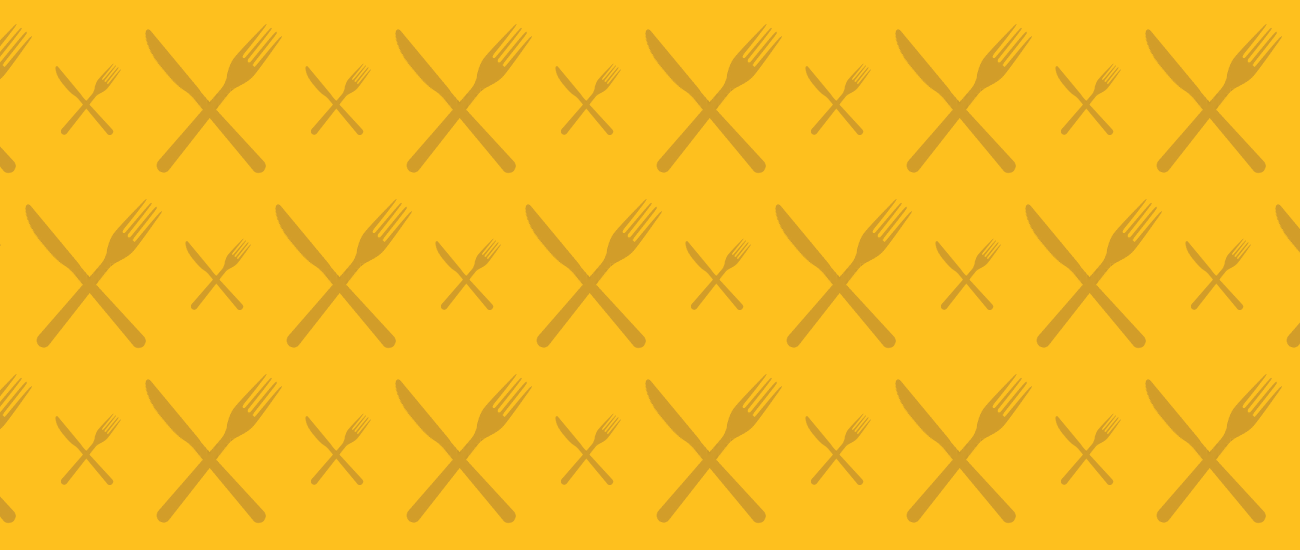In an interview with the WSJ, Whole Foods CEO John Mackey unveiled a new health emphasis at the company, saying the company is going back to its roots and away from its 15-year emphasis as a foodie Mecca. (Frank Talk From Whole Foods' John Mackey - WSJ.com.)
Mackey: The biggest thing that is going to happen is beginning in the fall. We're going to begin a Healthy Eating Education initiative. We've just added a seventh core value (to the company's mission), which is Healthy Eating. Basically, we used to think it was enough just to sell healthy food, but we know it is not enough. We sell all kinds of candy. We sell a bunch of junk. There will be someone in a kiosk to answer questions, they'll have cookbooks and health books, there will be some cooking classes. It will be about how to select food, because people don't know."
WSJ: Will you get rid of the unhealthy items? You have aisle after aisle of absolutely delicious looking candies and chocolates and fudge and cakes and then you'll have someone up front at a kiosk looking through cookbooks?
Mr. Mackey: "Customers, we hope, are going to vote them out. You're just seeing the most tentative efforts at this point because the details are not ready for public release. You need to be fair. I've got to plan the revolution."
The key statement -- "customers, we hope, are going to vote them out." It's clear in the current recession that people are holding back from the more expensive food items, but my question is whether they will actually shift towards the whole foods and bulk bins that Mackey notes were a key component in the company's early days. Now those foods represent just 1% of sales and he recognizes that people aren't cooking -- hence, the plethora of prepared foods that the company also sells. In a nearby store in Virginia, for example, the prepared foods section now takes up perhaps 20% of the store, far bigger than it had until a renovation in the past year. Will bulk foods now be given more store real estate and be easier to navigate? Will the company reduce the number of packaged goods?
To push this initiative, Whole Foods will also have to become more transparent on the contents of its prepared food items (like providing calorie labeling in addition to an ingredient list at its salad bar and prepared foods counter). That seems like an easy fix, with more information steering people towards healthier choices.
As Mackey says, "Americans are sick of being sick and fat." That's true but whether this sentiment will prompt them to cook -- as Michael Pollan advocated in his Times piece this Sunday -- and thus lose weight is another issue altogether. I, for one, hope so, and will be curious to see how Whole Foods fares with this new strategy.
- Samuel Fromartz

